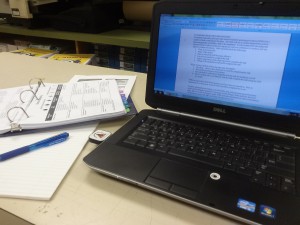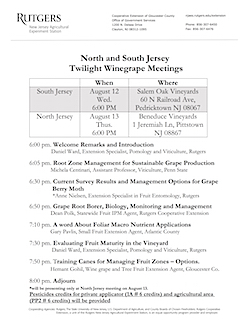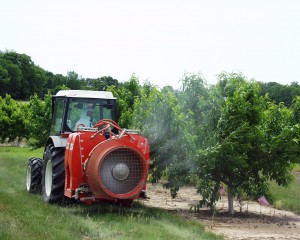 In both the GAPs and Harmonized audits there are standards that focus on policies, yet the checklist does not indicate that a written policy is required.
In both the GAPs and Harmonized audits there are standards that focus on policies, yet the checklist does not indicate that a written policy is required.
You can choose to not write these policies in your plan but you and your employees need to be prepared to answer questions from the auditor about these policies. Your answer to the auditor needs to be the same as your employees; they will verify this!
If the auditor does not find the policy or the employee answer satisfactory, you will receive a “CAN” (corrective action needed).


